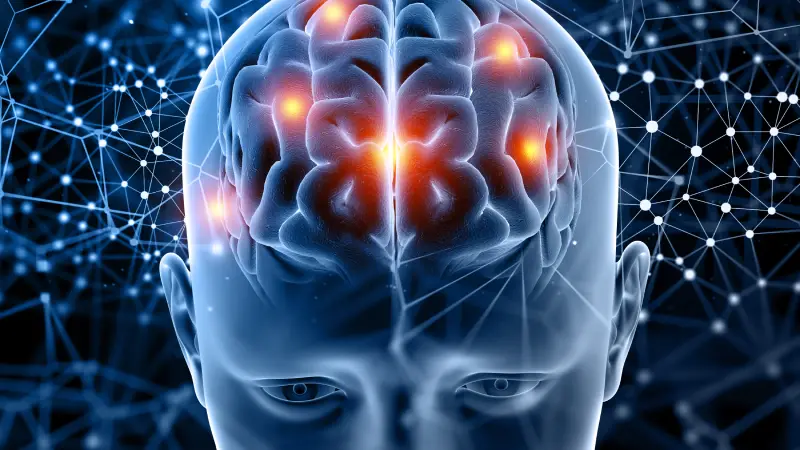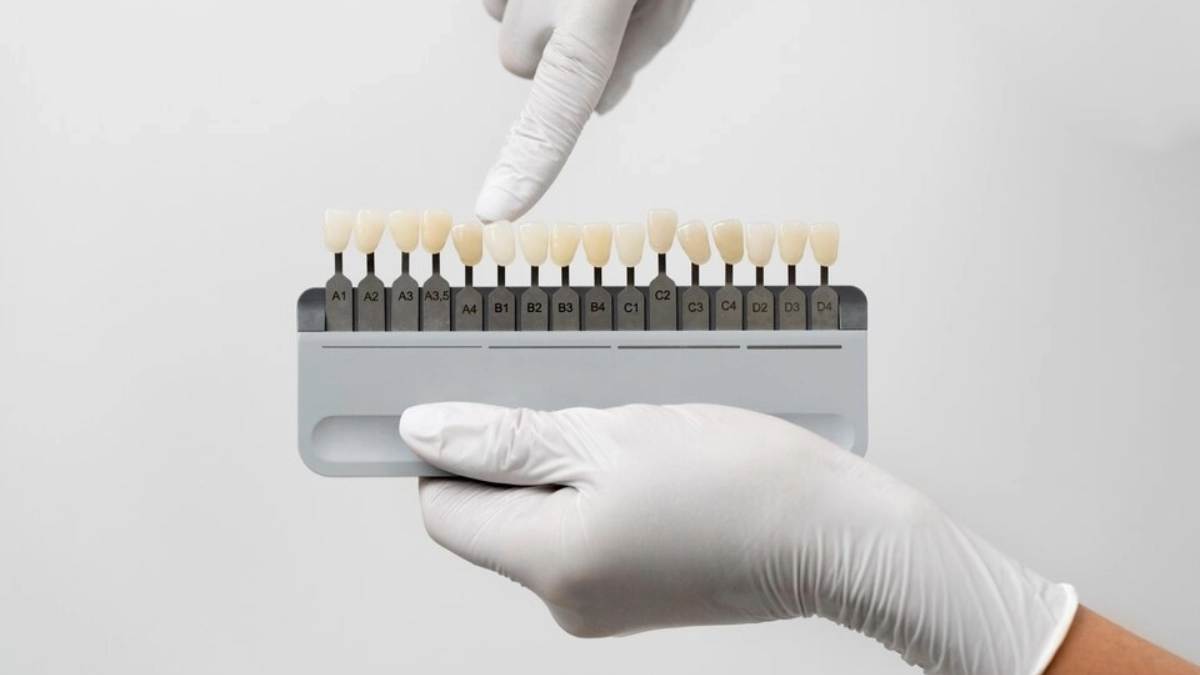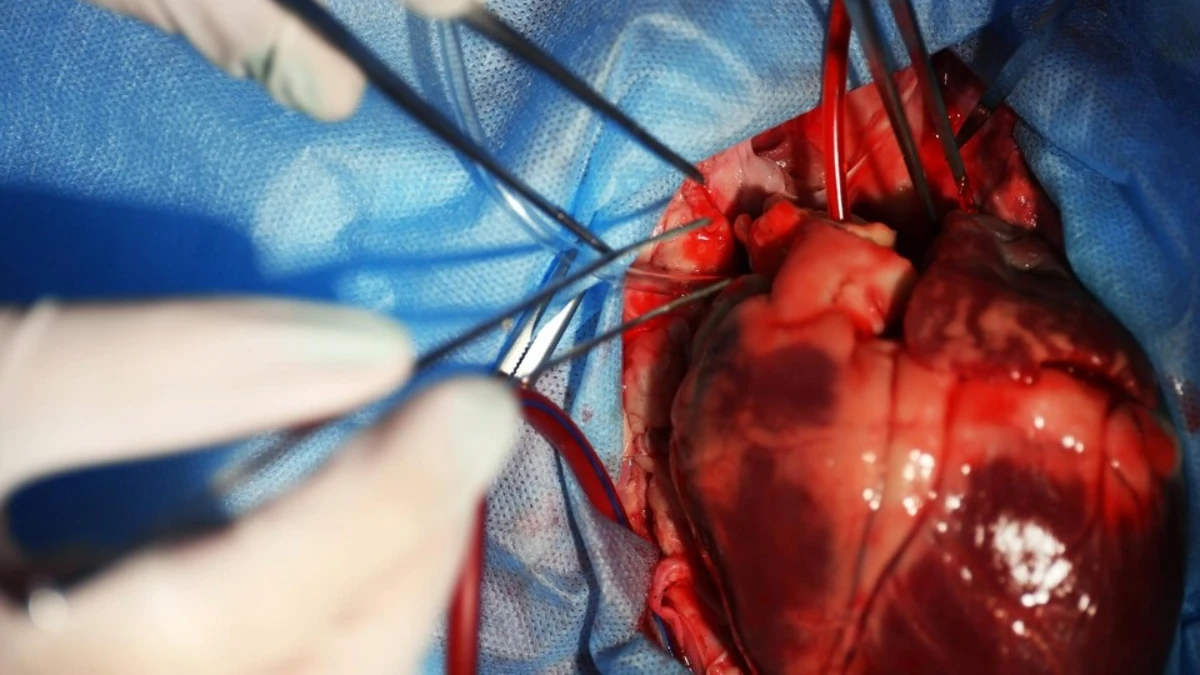Deep Brain Stimulation or DBS is a surgical treatment that can benefit people with Parkinson’s disease by easing their symptoms. DBS is safe and well-tolerated in most conditions, which is helpful for people trying to manage their symptoms. This technique can help you in recovering, gaining control of your actions and improving the quality of your life. However, you need to know that DBS is not a cure for Parkinson’s disease. Symptoms may return if the device is turned off or removed, so you should have realistic expectations about the treatment.
What Is the Process of Deep Brain Stimulation and How Does It Function?
A small device named a neurostimulator is implanted during the process. Also, small electrodes are inserted into particular parts of the brain during the procedure called deep brain stimulation, or DBS. The “brain pacemaker” is a device that is then connected to the electrodes. The device uses electrical impulses to direct movement-controlling sections of the brain. Thus, it helps to manage neuronal activity and decrease the symptoms including tremors, stiffness, and trouble walking. In addition, the operation is performed when the patient is under general anaesthesia and can be performed as outpatient surgery.Would You Be a Suitable Candidate for Deep Brain Stimulation (DBS)?
If you have Parkinson’s Disease and have not found a treatment, Deep Brain Stimulation may be a good option for you. However, it is critical to have an examination from a specialist to determine whether DBS is the right option for you. The treatment is performed while you’re under general anaesthesia, and small electrodes are implanted in your brain to transmit electrical stimulation. Your doctor will adjust the stimulation to your specific needs, and the treatment can be reversed if necessary. The success rate of DBS varies depending on the severity of your disease; however, it has helped many patients in experiencing considerable improvement in their symptoms.After the DBS Surgery for Parkinson’s Disease
It’s normal to have some swelling and discomfort following Deep Brain Stimulation (DBS) surgery. Yet, it can be easily managed with medication prescribed by your doctor. The recovery process doesn’t end after the surgery. You should have follow-up appointments with your doctor to modify the settings on the DBS device, monitor your symptoms, and make sure everything is going smoothly. Your doctor and physical therapist will provide you with instructions to ensure recovery. It may take a few weeks to see the full effects of the DBS. However, most patients experience a significant improvement in their symptoms.Advantages of DBS for Parkinson’s Disease
Some of the advantages of Deep Brain Stimulation for Parkinson’s Disease include:- One of the main advantages of DBS is that it can provide relief when medication alone is no longer effective.
- DBS can also be adjusted over time to adapt to the changing needs of the patient.
- Additionally, DBS can also improve life quality by decreasing the need for care and increasing independence.
- It can reduce the risk of falls and improve overall function and mobility.
Possible Side Effects of Deep Brain Stimulation
While DBS can be effective in reducing symptoms, it is important to be aware of the possible side effects. These may include:- Headaches
- Infection
- Bleeding
- Confusion
- Changes in mood or behaviour







